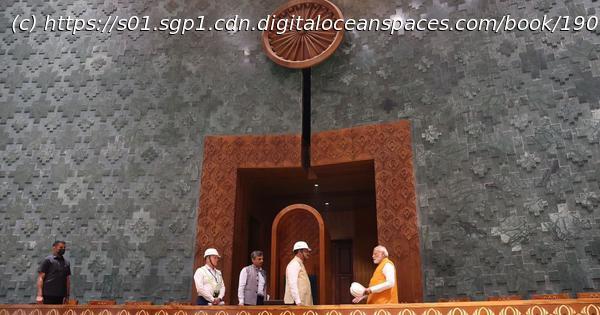The structure is being opened at a time when the institution is seriously imperiled.
The boycott by 19 Opposition parties of the inauguration of the new parliament building on Sunday has grabbed media attention. The Opposition’s contention is that the Indian president, as the constitutional head of the country, should inaugurate the new building – not the prime minister. The government has countered this by pointing to instances where additions to the parliament building such as the annexe were inaugurated by Indira Gandhi when she was prime minister.
However, this debate is somewhat pointless. It would be foolhardy to expect Prime Minister Narendra Modi, whose pet project is the new parliament, to let go the opportunity to bask in the limelight and extract maximum mileage from the event.
At a time when the institution of parliament is seriously imperiled, there are perhaps two things that are more important than the politicking over who gets to inaugurate the new building. The first is the new building itself – how and why it was conceived and what it symbolises. Second, the choice of Hindutva ideologue VD Savarkar’s birth anniversary as the date of the inauguration.
First, the new building itself. Most people have almost forgotten how hastily and tardily the plan was approved for the building that is the physical representation of Indian democracy.
The Central Vista Redevelopment Project, of which the new parliament building is a part, was announced in 2019. The Central Public Works Department opened bids for the project – which aims to reshape the heart of New Delhi – in September 2019. Of the six firms that were qualified to submit bids, four were shortlisted. The designs they submitted were reviewed in the space of a week and the winner – an Ahmedabad-based architecture firm that was widely tipped as the favourite – announced in early December.
As the architect Gautam Bhatia wrote at the time, the process was approved in a “veil of secrecy and mired in opaque processes”, This is in contrast to the way things work in other democracies, where such momentous architectural changes are “carefully considered, opened for discussion, and formulated after a consensus”.






